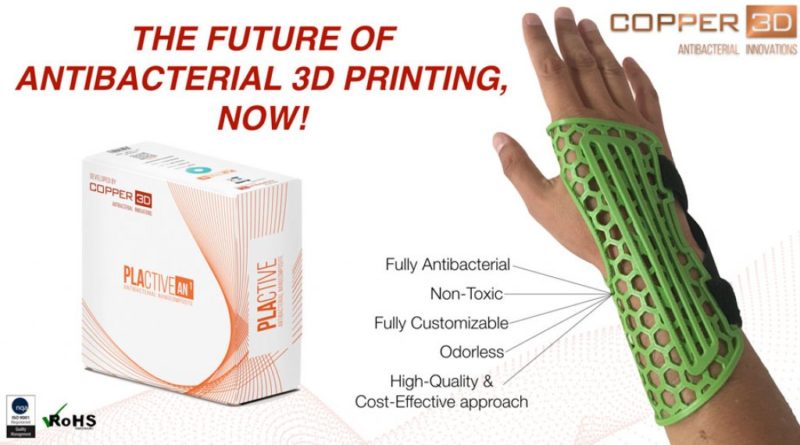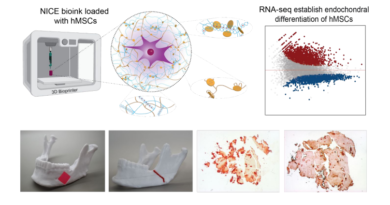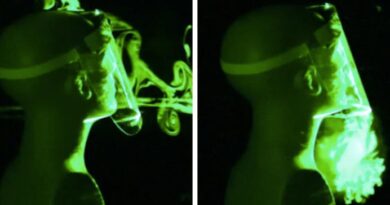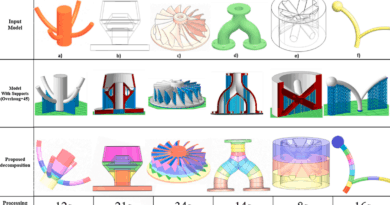NASA Studying Antibacterial 3D Printing Filament For Use On Space Missions
Copper3D introduced PLACTIVE, an antibacterial 3D printing filament designed for the production of medical devices such as prosthetics and braces. The company pointed to the worrying statistic that 40% of prosthetic uses suffer from some sort of skin condition, some of which can be severe or even life-threatening. PLACTIVE includes, among other materials, copper nanoparticles, which are active in the elimination of microorganisms, making devices 3D printed from the material effective in preventing infection.
One organization that has taken an interest in PLACTIVE is NASA. Last year, the first medical devices were 3D printed in space, as astronauts at the International Space Station are moving toward the 3D printing of more and more necessities. Because of the porous nature of 3D printing materials, as well as the complex geometries of 3D printed devices, bacteria is always a concern, so NASA was intrigued by the notion of an antibacterial 3D printing filament.
The NASA Nebraska Space Grant is working with the University of Nebraska Omaha and Copper3D on a study of PLACTIVE.
The use of this new antibacterial 3D printing technology has several potential applications,” said Daniel Martínez, Director of Innovation and Co-Founder of Copper3D.
Our main focus has been the development of antibacterial materials with applications in the field of Medicine and Rehabilitation, such as medical/surgical instruments, orthoses, prostheses, applications in the dental world, and healing of complex wounds. But now we want to go a step further and verify the potential of this technology in other types of challenges associated with the problems of the future of long-duration space missions.
The objective of this research is threefold: i.-Describe the development of 3D printed prostheses with antibacterial filament, ii.-Verify the antibacterial properties of 3D printed prostheses and iii.-Develop a remote fitting methodology and determine patient satisfaction after using a 3D printed antibacterial finger prosthesis,” he said. “This study will also set the scientific basis for future studies on the impact of this new technology on countless new antibacterial applications that solve serious health and functional problems both on earth and in space.
PLACTIVE has the potential to have a major impact on human health, and the current study is likely to lead to even more applications for the material.
Source:https://copper3d.com/




